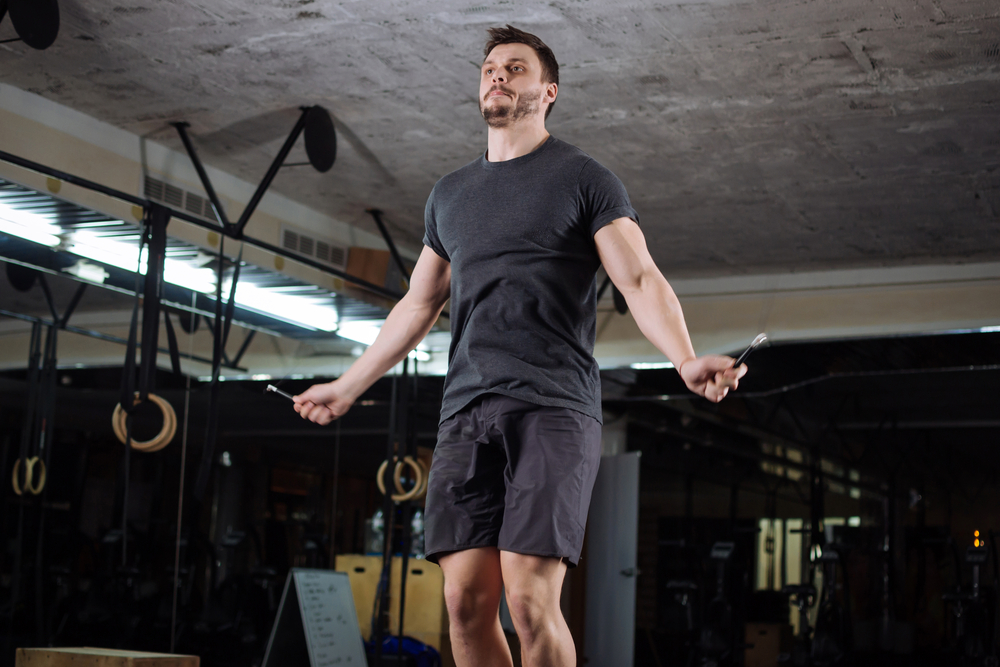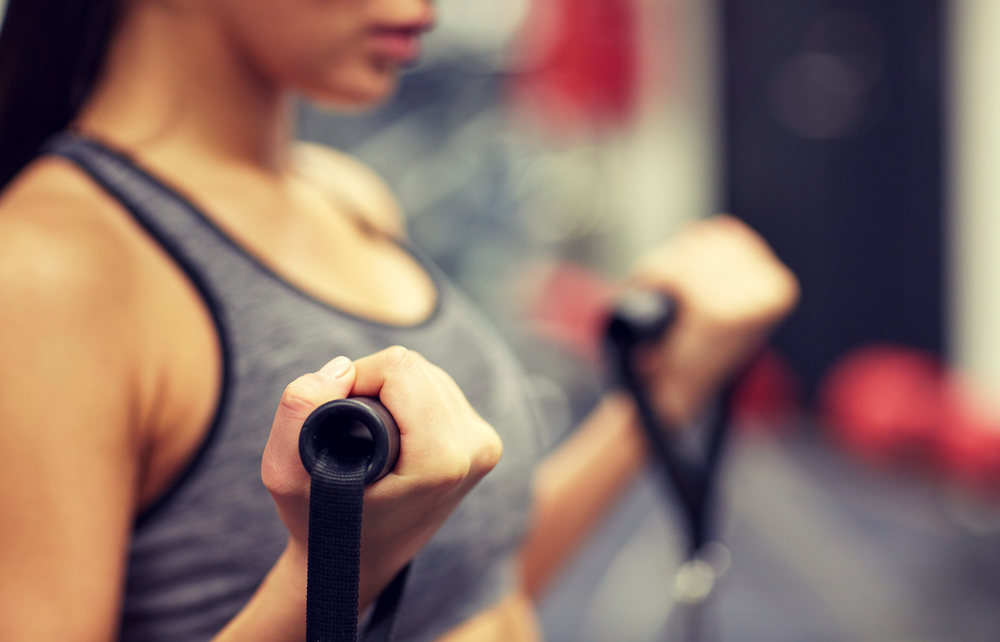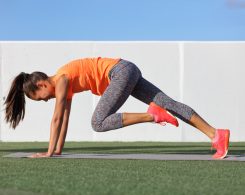Losing weight is one of the main reasons why people join a gym, although they don’t always know what the best way to do it is
What is more effective to lose weight: dieting or exercising? Which exercises are the most appropriate? Is it true that muscle exercises don’t work when you want to lose weight and make you gain weight? These are some of the most common questions. If you don’t know the basic rules to lose weight, it’s very easy to be disappointed when you see the results aren’t as obvious as it might seem at first. It’s even normal to gain some weight when you start to work out, due to an increase in muscle mass or because you feel you are hungrier during the first weeks you start working out.
Working out regularly and eating fewer calories are the key things to lose weight. The American College of Sports Medicine, the most prestigious scientific society in the field of health and physical exercise, recommends exercising three times a week to work out between two and a half hours and three hours a week.
The guidelines you need to follow in order to lose weight
The first thing you need to know in order to lose weight is which exercises are the most appropriate. In this way, your work will be much more effective, faster and safer.
The American College of Sports Medicine emphasises the importance of combining cardiovascular work throughout extended periods of time and moderate intensity with muscle exercises to promote burning fat and increase basal metabolism.
Cardiovascular workouts are undoubtedly the most important thing if you want to lose fat in the short term. In fact, it’s what burns more calories by itself and studies show that it’s the type of exercise that uses more energy per unit of time thanks to its continuous nature. Between 45 minutes and one hour three times a week of this type of exercise helps you burn fat quickly. Running, cycling, dancing, there are many possibilities. However, it’s a common mistake to only do this type of exercise: it has to be combined with muscle training.

A toned body burns more fat
Muscle workouts, which are stigmatised by those who say they make you gain weight because muscle weighs more than fat, is essential when designing your workout plan. You have to know that toning doesn’t mean becoming very muscly; it’s about activating your muscles. As a result of this activation, the percentage of muscle mass increases, which increases fat metabolism (even when resting), tones the body and means losing weight doesn’t result in losing physical strength. This type of training is essential to maintain a constant weight loss. Body Pump, D·Tono or the newly established Total Hiit activity are the best allies to get rid of those extra calories.
It’s very important to note that the amount of fat you can lose in specific periods depends on your age, sex, initial weight, your specific body composition and your clinical and sports history. Everyone has different goals and ideal weight, which implies different parameters in each case. However, with a combined routine that includes cardiovascular workout and toning, results are guaranteed in every case.
Once you’ve lost the weight you wanted and you’ve burnt that extra fat, you need to keep working out regularly so that your organism keeps working properly and your metabolism doesn’t slow down. Moreover, every study shows that progressing day by day, increasing the time you work out, is the most effective way of maintaining your ideal weight in the long run.
Exercise and osteoporosis
And if that’s not enough to convince you, experts say that getting rid of extra weight without exercising can increase the risk of osteoporosis. Losing weight as a result of decreasing your calorie intake or a diet that’s too strict could cause a reduction in bone mass and the subsequent appearance of osteoporosis in the main bones in your body.
What most recent studies conclude is that exercise and a healthy diet are essential to control weight and consuming more calories is a priority as you exercise more.
Weight loss plan
Here’s a training plan you can follow three days a week for a month; you should change it from the second month on in order to keep losing weight. Remember to stretch before and after training.
(Download here the exercises plan in PDF if you do not see it correctly on your mobile)
| DAY 1 | DAY 2 | DAY 3 | |
| WARM UP | 7 minutes of cardiovascular workout and joint mobility | 7 minutes of cardiovascular workout and joint mobility | 7 minutes of cardiovascular workout and joint mobility |
| MUSCLE WORKOUT | Abductors: machine abductor exercises (3 sets of 12 repetitions) | Abductors: machine abductor exercises (3 sets of 12 repetitions) | Abductors: machine abductor exercises (3 sets of 12 repetitions) |
| Quadriceps: squats with fitball (3 sets of 15 repetitions) and lunges with dumbbells (2 sets of 12 repetitions) | Hamstrings: knee bends sat on machine (3 sets of 15 repetitions) and knee bends lying on machine (2 sets of 12 repetitions) | Quadriceps: squats with fitball (3 sets of 15 repetitions) and lunges with dumbbells (2 sets of 12 repetitions) | |
| Pectoral: horizontal press on machine (3 sets of 12 repetitions) and Peck Deck (2 sets of 12 repetitions) | Dorsal: horizontal rowing on machine (3 sets of 12 repetitions) and traction with high pulley (2 sets of 12 repetitions) | Pectoral: horizontal press on machine (3 sets of 12 repetitions) and Peck Deck (2 sets of 12 repetitions) | |
| Triceps: elbow extensions with high pulley (3 sets of 12 repetitions) | Biceps: elbow flexion with low pulley (3 sets of 12 repetitions) | Triceps: elbow extensions with high pulley (3 sets of 12 repetitions) | |
| Deltoids: lateral dumbbell lift (2 sets of 12 repetitions) | Triceps surae: elevations on steps (3 sets of 20 repetitions) | Deltoids: lateral dumbbell lift (2 sets of 12 repetitions) | |
| Abs: ab crunch (3 sets of 25 repetitions) and oblique ab crunch (2 sets of 20 repetitions) | Abs: ab crunch (3 sets of 25 repetitions) and oblique ab crunch (2 sets of 20 repetitions) | Lumbar: hip and opposite arm extension on fitball (3 sets of 15 repetitions) | |
| CARDIOVASCULAR WORKOUT | 45 minutes on the crosstrainer at 65-70% of maximum heart rate (MHR) | 45 minute of spinning at 65-70% MHR | 45 minutes on the crosstrainer at 65-70% of maximum heart rate (MHR) |









What do you think?